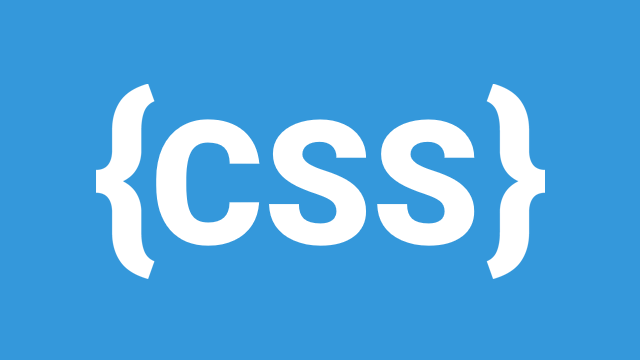
CSS provides powerful tools to style and enhance web pages, with colors and backgrounds playing a crucial role in creating visually appealing designs. This guide covers CSS color properties, including Hex, RGB, and HSL formats, as well as background images, gradients, and patterns.
1. CSS Color Properties
Colors in CSS can be defined using different formats: Hexadecimal (Hex), RGB (Red, Green, Blue), and HSL (Hue, Saturation, Lightness).
a) Hexadecimal (Hex)
Hex colors are represented as #RRGGBB, where RR, GG, and BB are two-digit hexadecimal values ranging from 00 to FF (0 to 255 in decimal).
Example:
body {
background-color: #3498db; /* Blue color */
color: #ffffff; /* White text */
}
A shorthand format is also available where duplicate values can be written as a single digit (e.g., #FFF for #FFFFFF).
b) RGB (Red, Green, Blue)
RGB values define colors using rgb(r, g, b), where each value ranges from 0 to 255.
Example:
h1 {
color: rgb(255, 0, 0); /* Red color */
}
An alternative format, rgba(r, g, b, a), allows for transparency, where a represents opacity from 0 (fully transparent) to 1 (fully opaque).
Example:
p {
background-color: rgba(0, 0, 0, 0.5); /* Semi-transparent black */
}
c) HSL (Hue, Saturation, Lightness)
HSL defines colors based on:
- Hue (H): Degree on the color wheel (0-360)
- Saturation (S): Percentage of color intensity (0%-100%)
- Lightness (L): Brightness of color (0%-100%)
Example:
h2 {
color: hsl(120, 100%, 50%); /* Green color */
}
Like RGB, HSL also has an HSLA format for transparency.
Example:
div {
background-color: hsla(240, 100%, 50%, 0.7); /* Semi-transparent blue */
}
2. CSS Backgrounds
CSS backgrounds allow the application of solid colors, images, gradients, and patterns to elements.
a) Background Color
A simple way to set background colors is using the background-color property.
Example:
div {
background-color: lightgray;
}
b) Background Images
Images can be set as backgrounds using the background-image property.
Example:
body {
background-image: url('background.jpg');
background-size: cover;
background-repeat: no-repeat;
background-position: center;
}
Properties:
background-size: Controls image scaling (cover,contain, pixel values, percentages).background-repeat: Defines repetition (repeat,no-repeat,repeat-x,repeat-y).background-position: Sets the starting position (top,center,bottom,left,right, or pixel values).
c) Background Gradients
CSS supports linear and radial gradients without requiring images.
Linear Gradient:
div {
background: linear-gradient(to right, red, blue);
}
Radial Gradient:
div {
background: radial-gradient(circle, yellow, green);
}
d) Background Patterns
Patterns can be created using repeating gradients or multiple background images.
Example (Striped Pattern):
div {
background: repeating-linear-gradient(45deg, red, red 10px, white 10px, white 20px);
}
Example (Dots Pattern):
div {
background: radial-gradient(circle, black 10%, transparent 11%) repeat;
background-size: 20px 20px;
}
Conclusion
CSS provides extensive control over colors and backgrounds, allowing developers to create visually rich designs. Understanding Hex, RGB, and HSL color formats, along with background images, gradients, and patterns, is crucial for crafting engaging web experiences. Experimenting with these properties will help you develop more dynamic and aesthetically pleasing web pages.
Leave a Comment